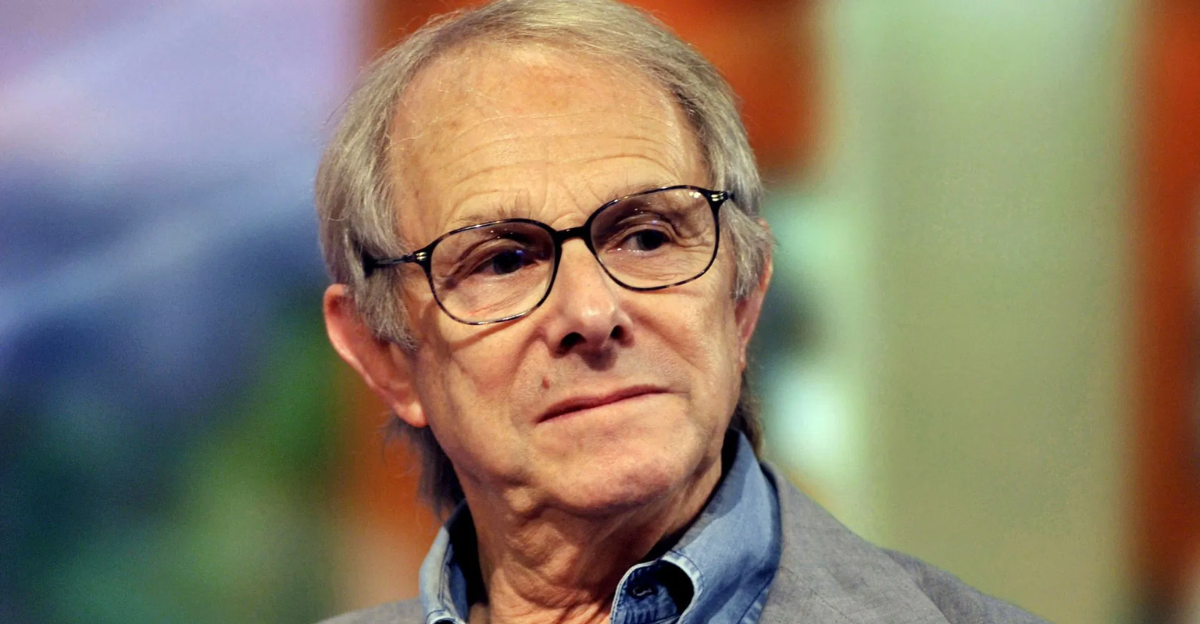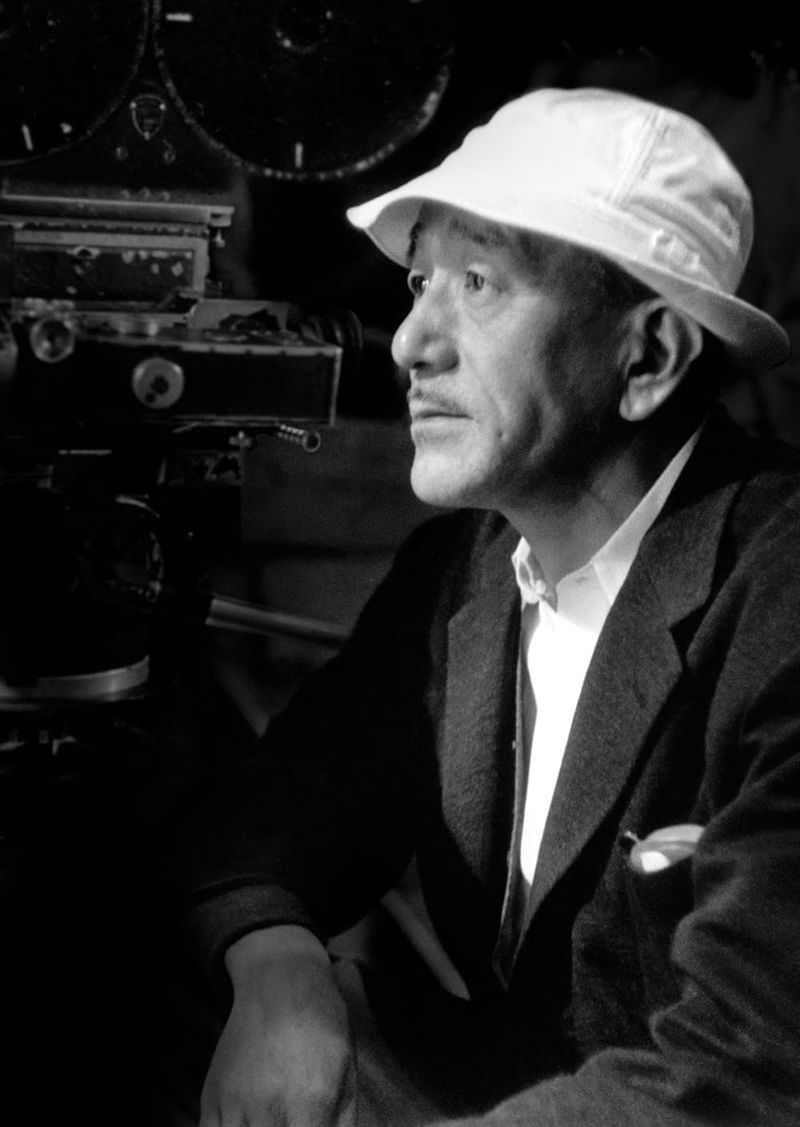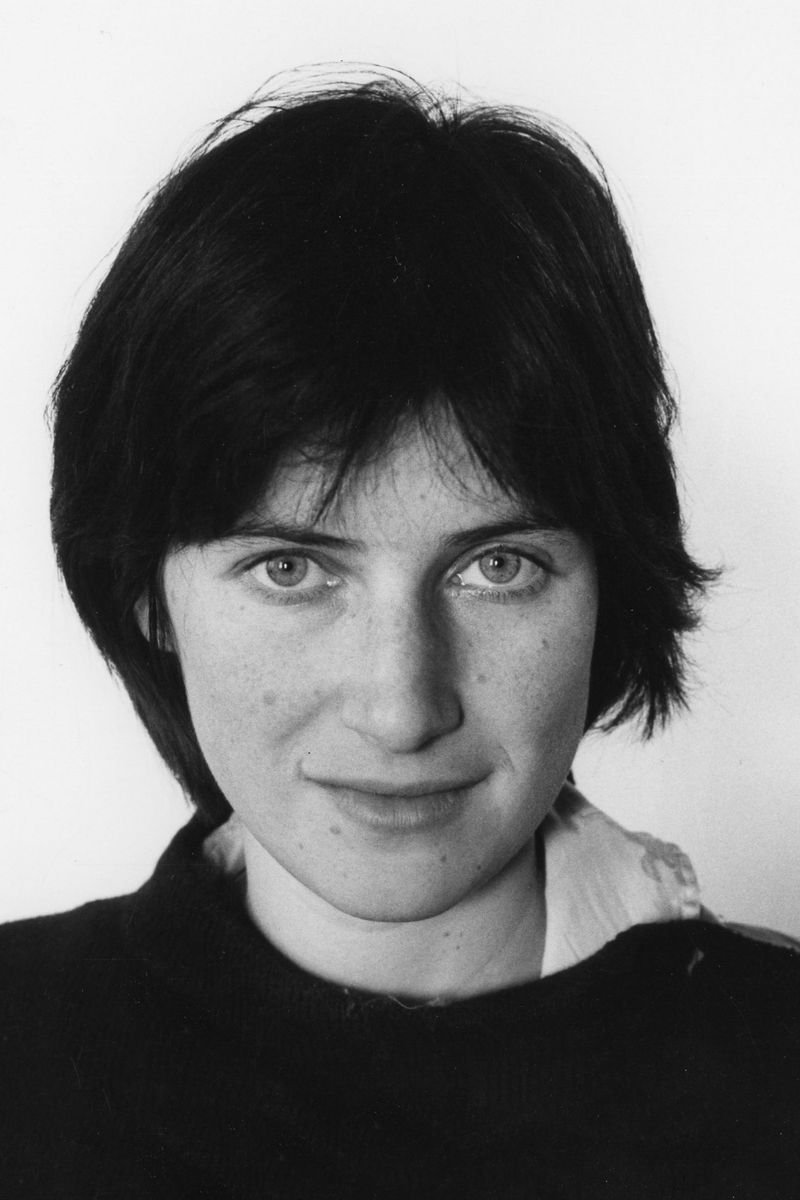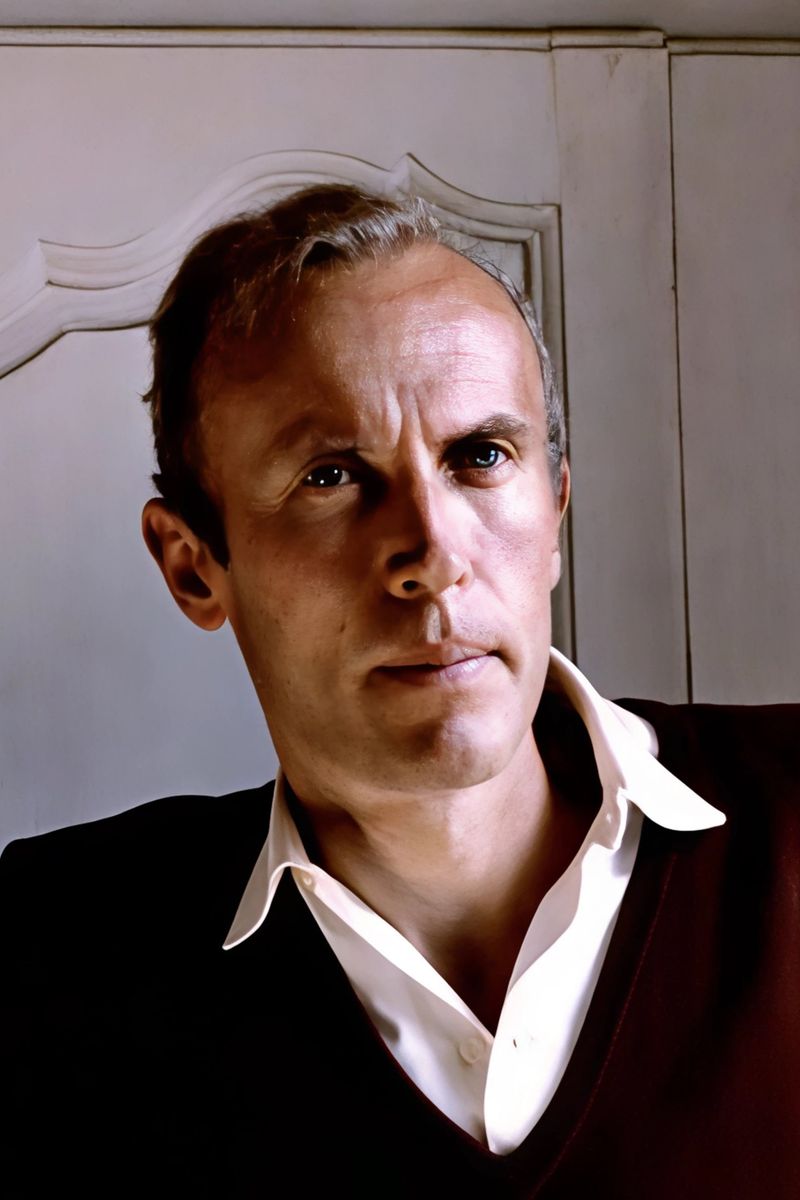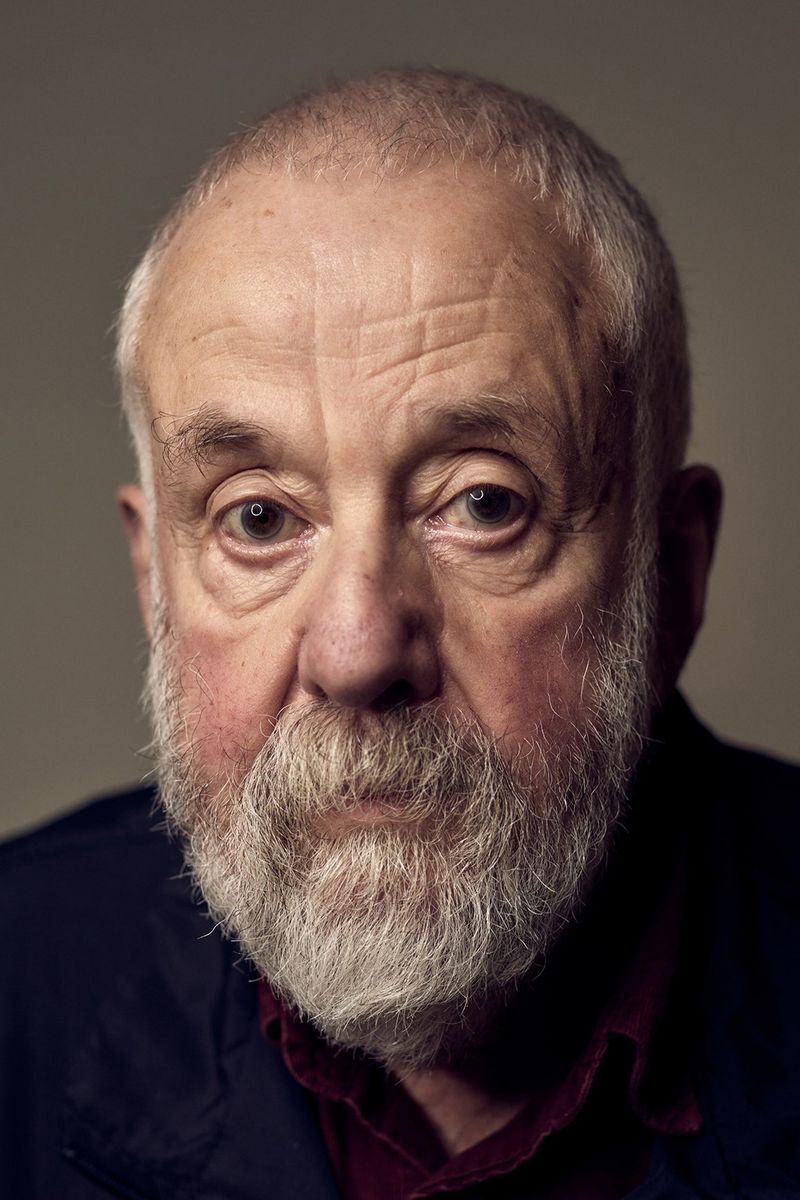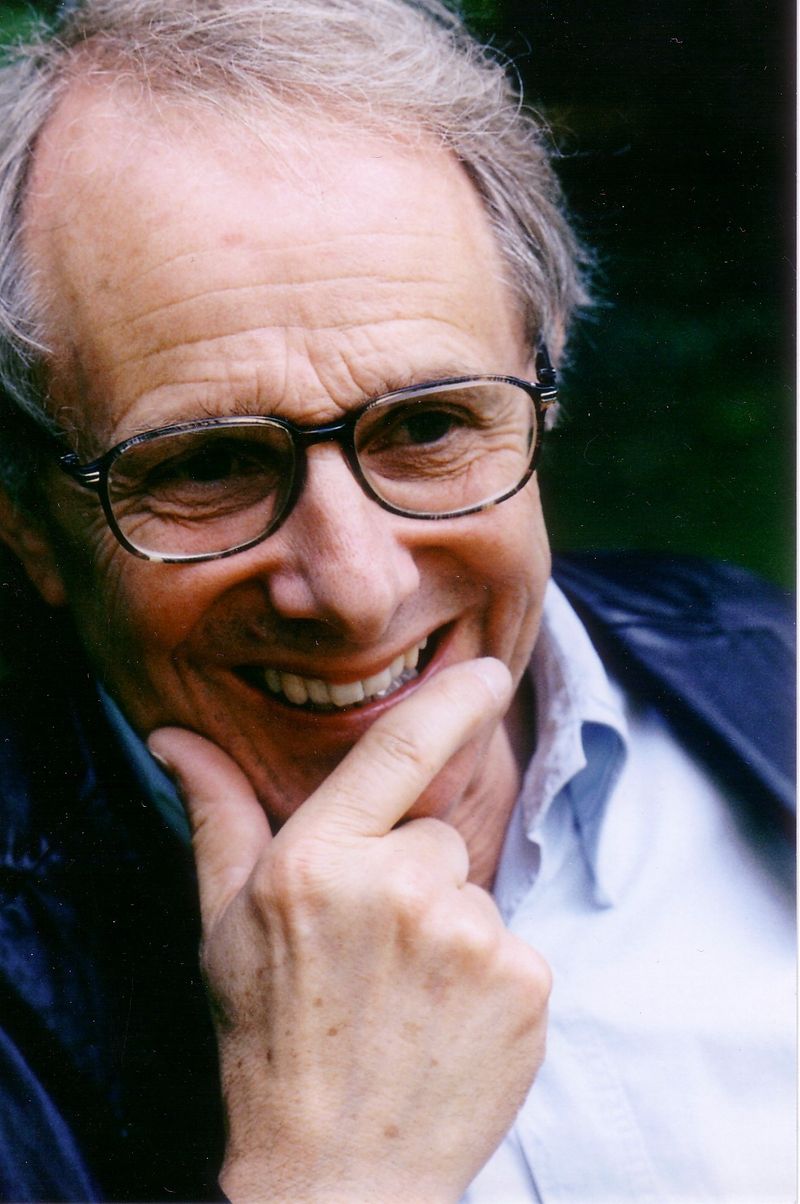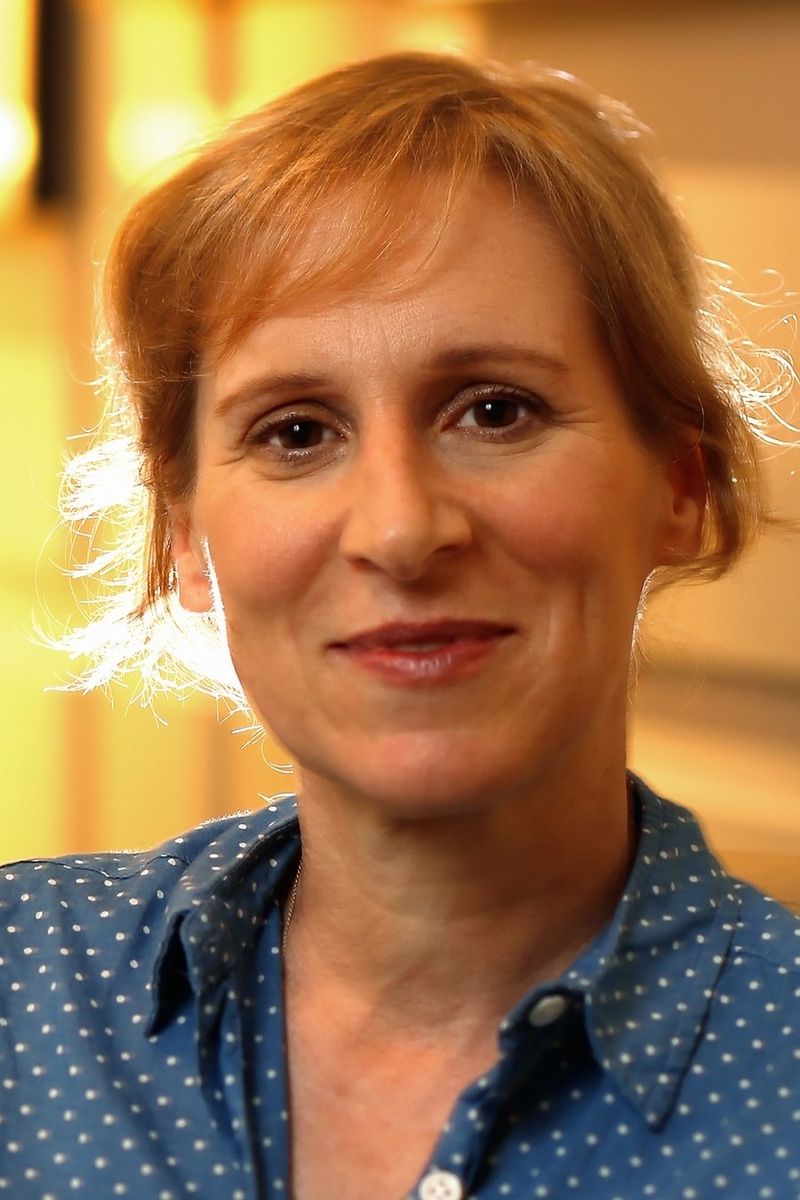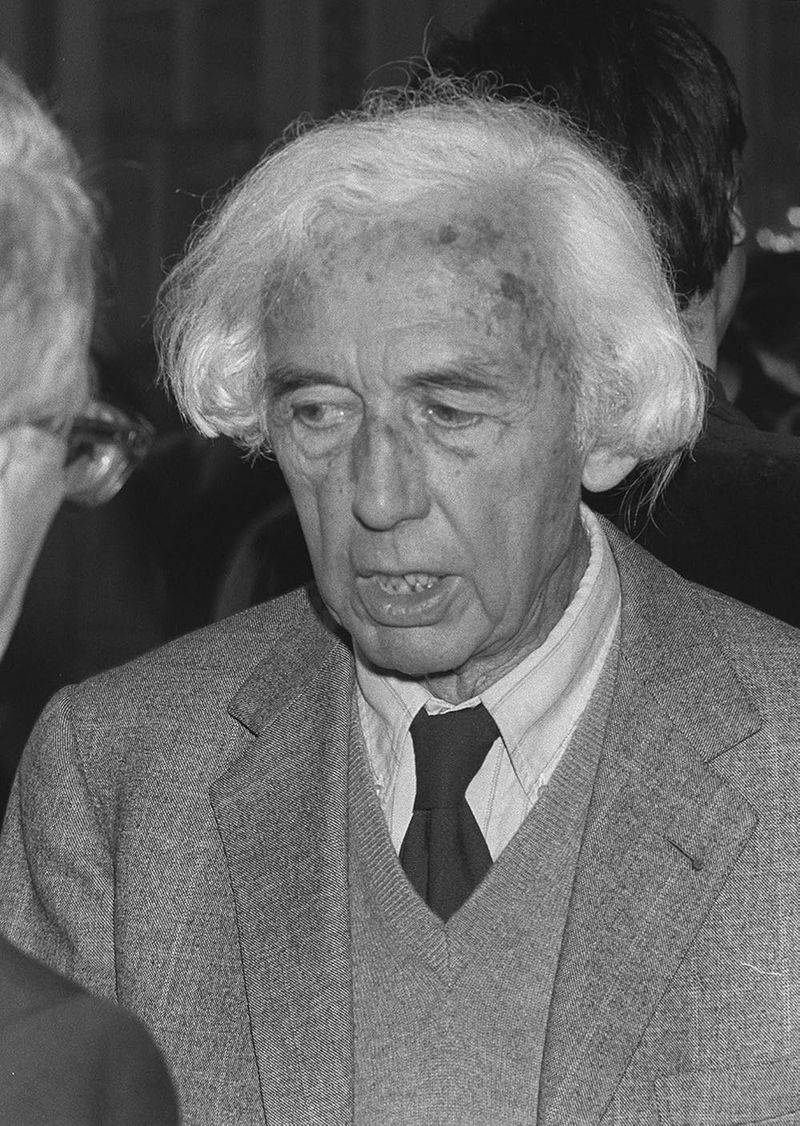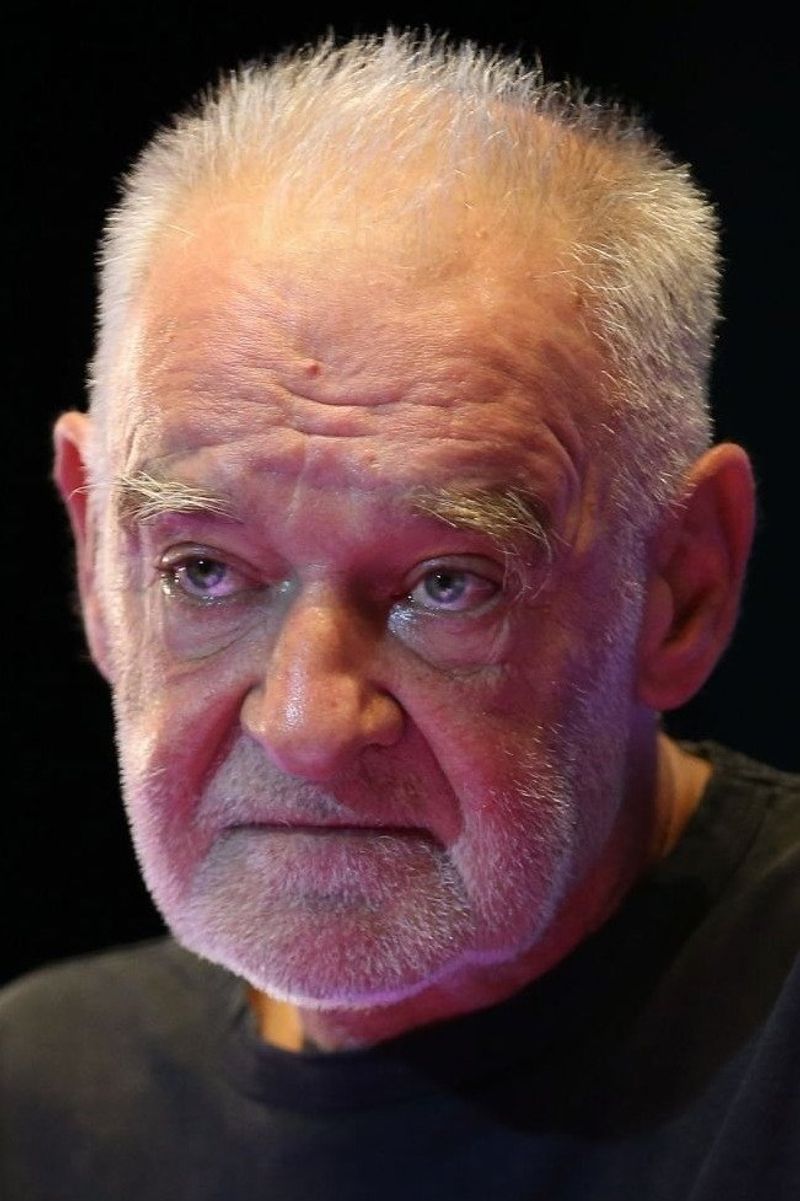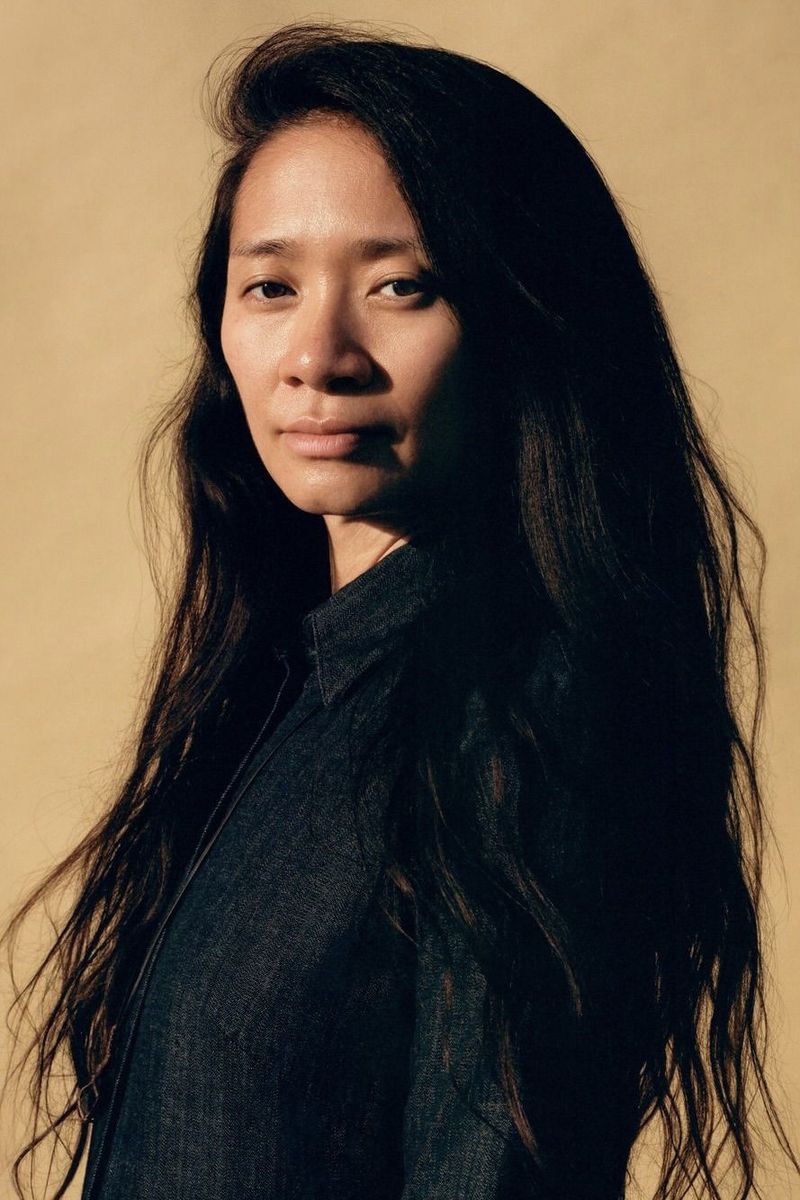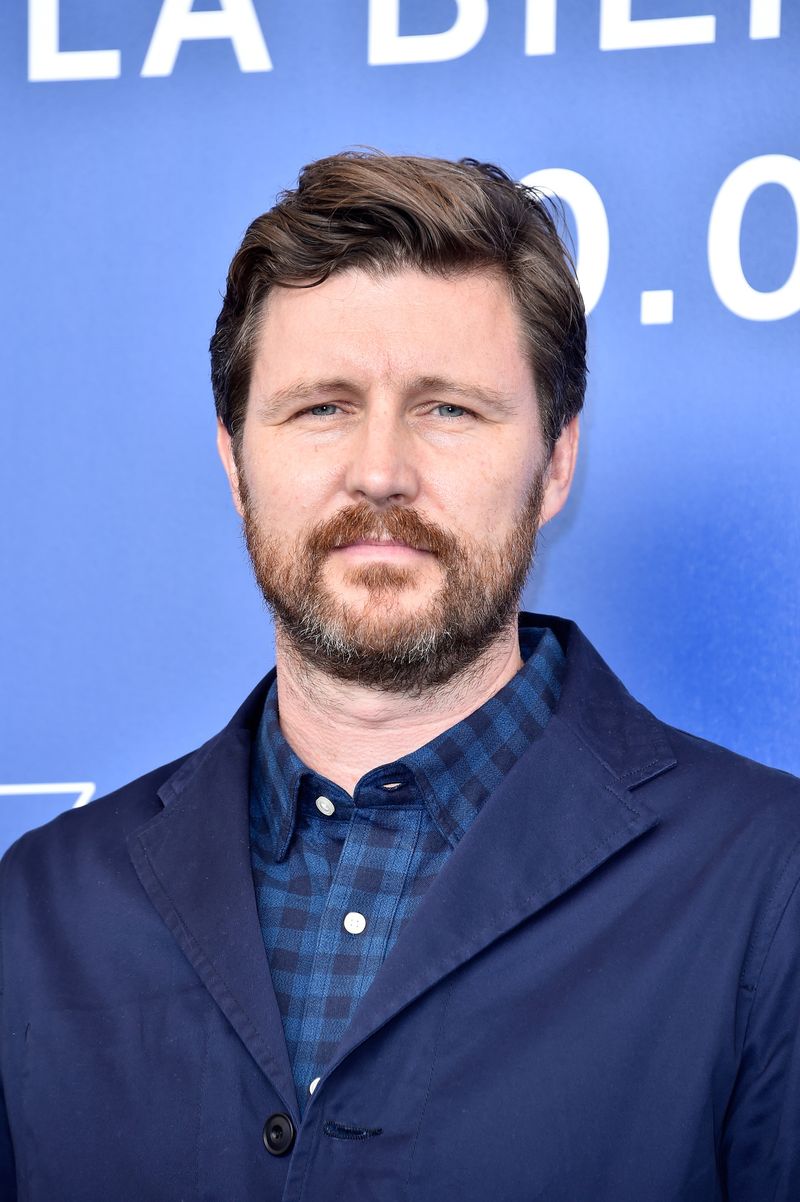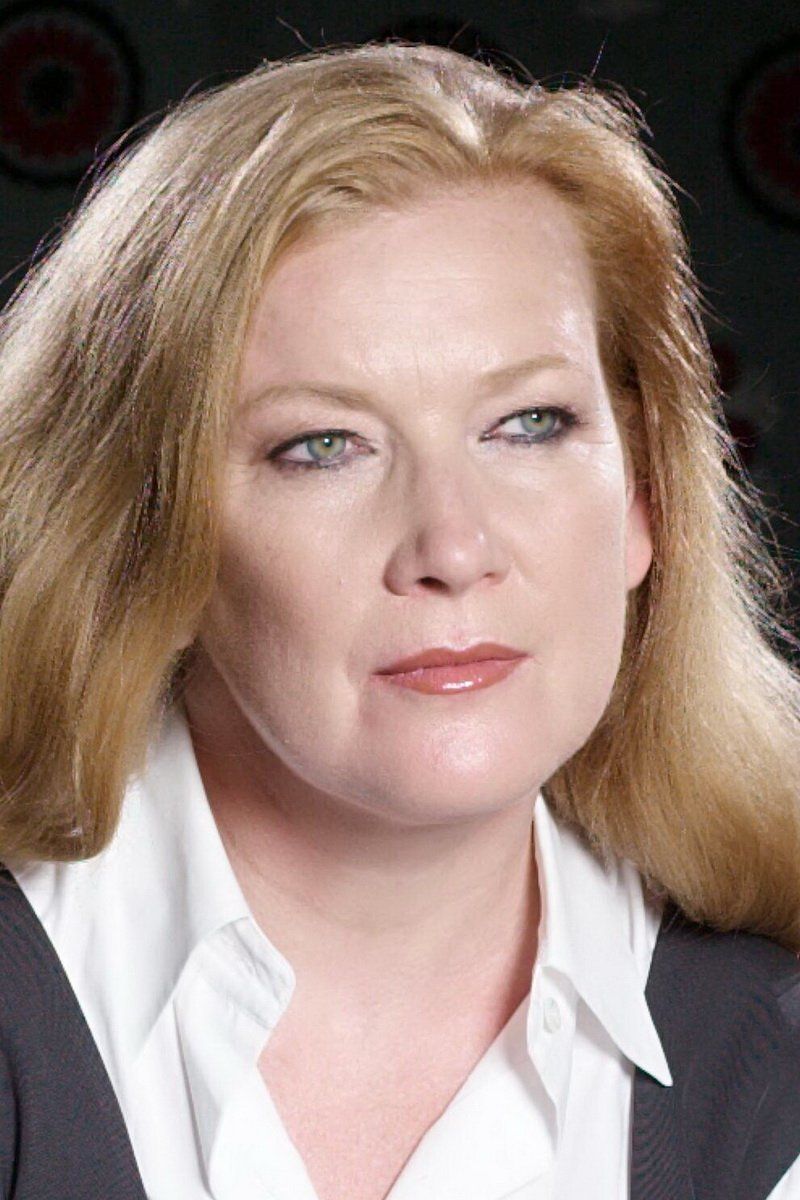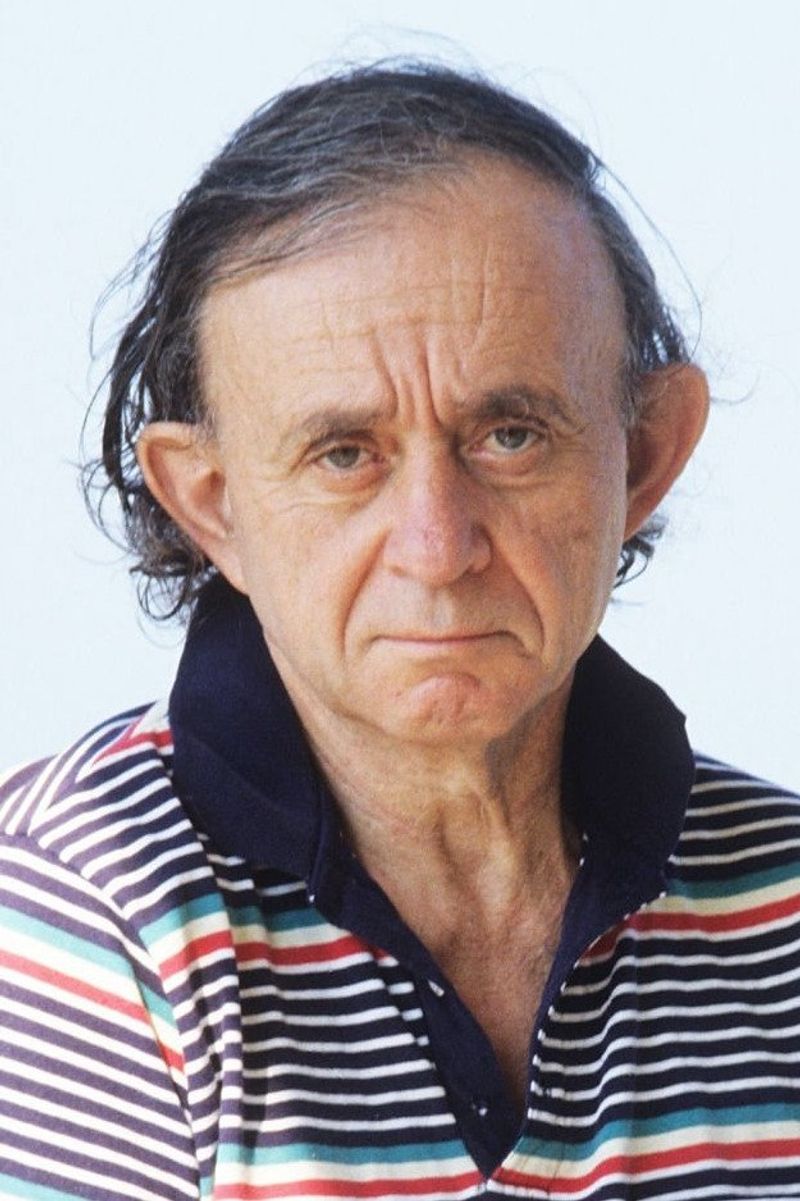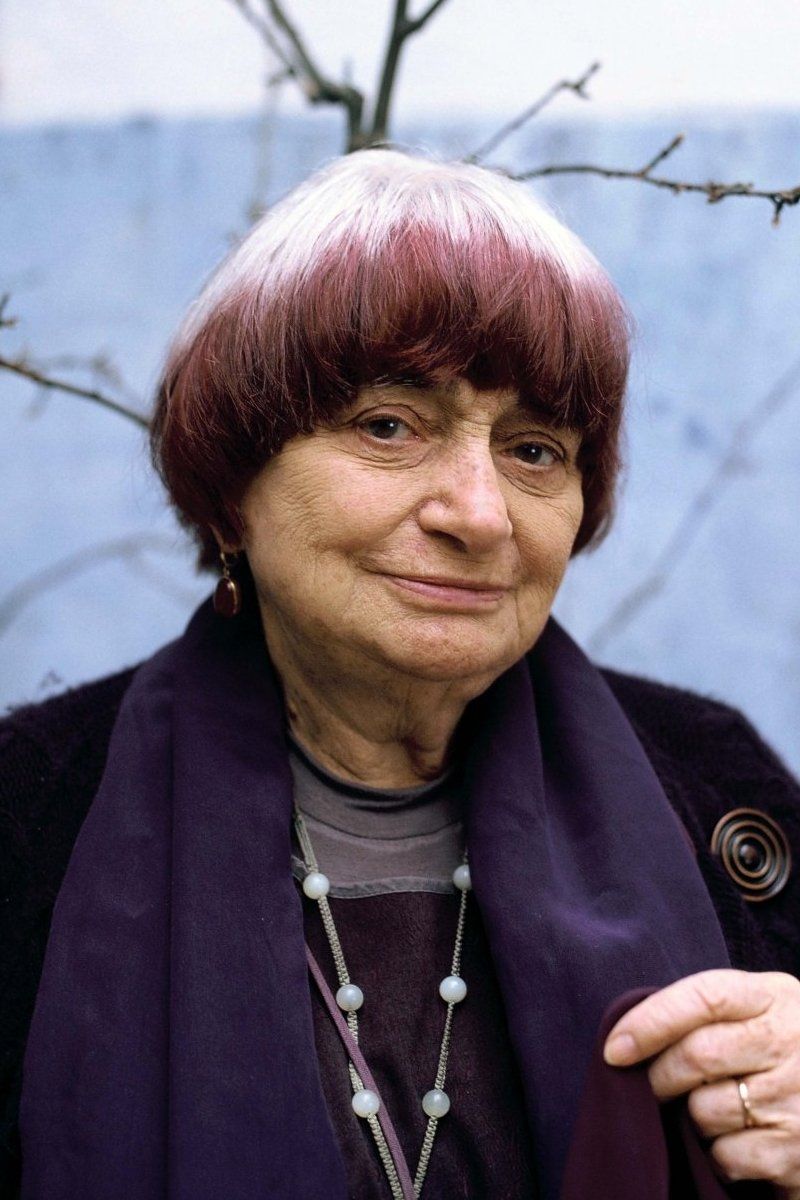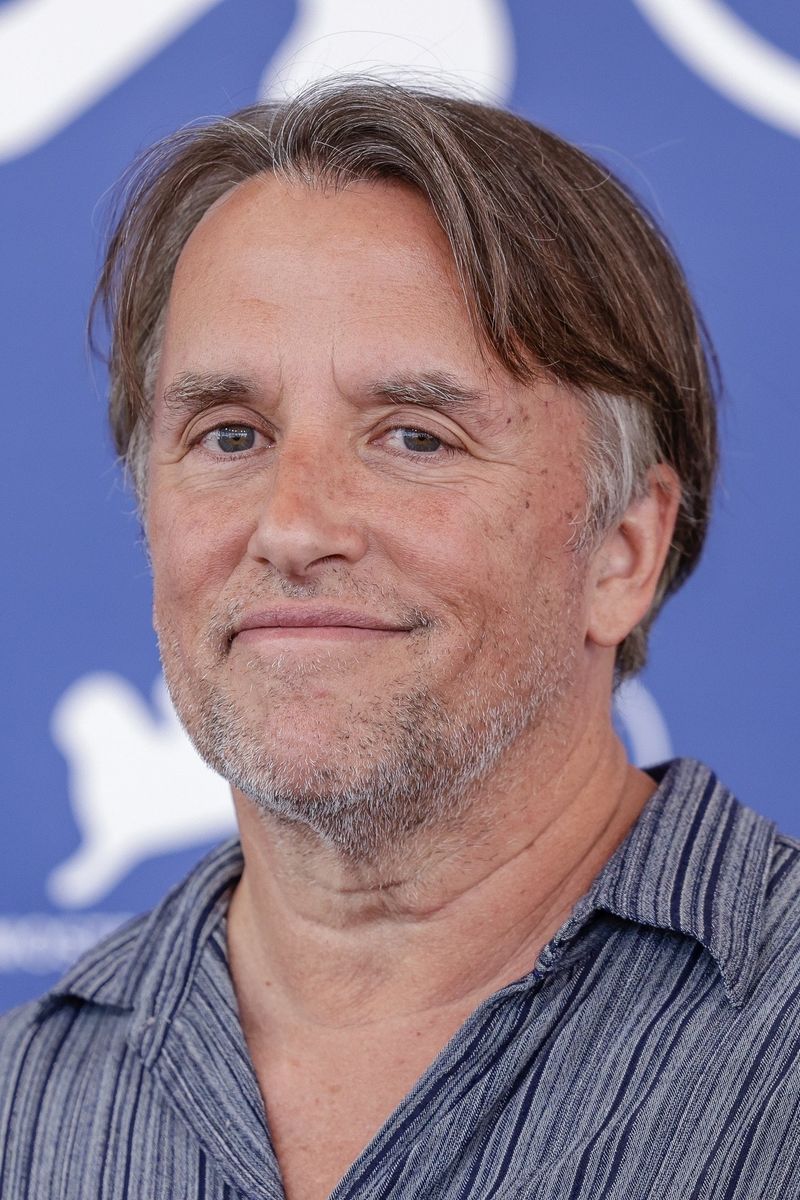Some filmmakers have a special gift for transforming everyday moments into visual poetry. They find beauty in simple conversations, quiet streets, and the rhythms of daily routines that most people overlook.
These directors prove that you don’t need explosions or special effects to create memorable cinema—just a keen eye for the extraordinary hiding within the ordinary.
1. Yasujiro Ozu
Picture a camera sitting low to the ground, capturing a family sharing tea. Ozu perfected this signature style, filming everyday Japanese life with patience and precision that feels almost meditative. His stories rarely venture beyond living rooms and neighborhood streets, yet they contain entire universes of human emotion.
Families argue about marriage. Parents worry about their children. Seasons change, and people adapt.
What makes his work magical is the stillness. Ozu lets scenes breathe, allowing viewers to notice the small gestures—a slight bow, a knowing glance—that reveal everything about relationships. His films remind us that ordinary moments, when observed carefully, become profound experiences worth treasuring forever.
2. Chantal Akerman
Watching someone peel potatoes for five uninterrupted minutes might sound boring, but Akerman made it hypnotic. Her groundbreaking approach to cinema challenged viewers to reconsider what deserves screen time. She filmed domestic routines—cooking, cleaning, walking through Brussels—with unflinching attention that bordered on radical.
Her most famous work follows a woman’s daily schedule with ritualistic repetition. Morning coffee. Afternoon errands. Evening solitude.
Through this seemingly mundane structure, something unexpected emerges: a portrait of isolation, autonomy, and the invisible labor that shapes women’s lives. Akerman proved that the camera doesn’t need to chase action when stillness itself tells compelling stories about existence and identity.
3. Éric Rohmer
Beach vacations become philosophical investigations in Rohmer’s hands. His characters spend entire films talking—about love, morality, chance encounters—while strolling through parks or sitting at cafes. Nothing dramatic happens, yet everything feels significant because he captures how people actually communicate when they’re figuring out life.
A young woman debates whether to pursue a romance. Friends discuss coincidence versus destiny during summer holidays.
Rohmer understood that conversation itself is cinematic when filmed with genuine curiosity about human nature. His work feels like eavesdropping on the most interesting people at a dinner party, where ideas matter as much as actions, and beautiful French locations provide the perfect backdrop for eternal questions.
4. Mike Leigh
Nobody captures working-class British life quite like Leigh. His films emerge from months of improvisation with actors, building characters so real they feel like your neighbors. Kitchen table arguments, factory floor gossip, Sunday dinners with extended family—he finds comedy and tragedy living side by side in everyday situations.
A single mother struggles to make rent. Coworkers share lunch breaks filled with laughter and complaint.
What distinguishes his approach is the generosity he extends to every character, regardless of their flaws. Even the most difficult personalities receive empathy and dimension. Leigh shows us that ordinary people contain multitudes, and their daily struggles deserve the same cinematic attention as any epic adventure story.
5. Ken Loach
Social realism becomes poetry when Loach points his camera at forgotten communities. For decades, he’s documented the lives of laborers, immigrants, and families navigating economic hardship with documentary-style authenticity. His films feel ripped from newspaper headlines, yet they pulse with intimate human stories that statistics can’t capture.
A carpenter searches for work while the welfare system fails him. A refugee family tries building a new life amid hostility.
Loach refuses to romanticize poverty, but he also refuses to strip his subjects of dignity. His commitment to showing working people’s daily realities—the bureaucratic nightmares, small victories, and resilient humor—makes invisible struggles visible. He proves cinema can be both beautiful and urgently political.
6. Kelly Reichardt
Silence speaks volumes in Reichardt’s minimalist American landscapes. She films people doing practical things—setting up camp, walking dogs, driving long stretches of highway—with patient observation that reveals character through action rather than dialogue. Her Pacific Northwest settings feel like characters themselves, shaping the lonely, determined souls passing through them.
A woman searches for her missing pet. Friends reunite for a camping trip that stirs up old tensions.
Reichardt strips away Hollywood conventions, leaving only essential moments that accumulate into powerful emotional experiences. Her work requires viewer participation; you must lean in, pay attention, and find meaning in the spaces between words. It’s cinema that respects your intelligence and rewards your patience beautifully.
7. Robert Bresson
Hands picking up objects. Feet climbing stairs. Bresson filmed fragments of action with such precision that mundane gestures became spiritual experiences. He called his performers “models” rather than actors, directing them to strip away theatrical emotion. What remained felt transcendent—ordinary people moving through ordinary spaces, somehow touching the divine.
A pickpocket practices his craft with ritualistic focus. A country priest struggles with his faith during daily rounds.
His radical simplicity influenced generations of filmmakers who learned that showing less often means revealing more. Bresson believed cinema should bypass intellect and speak directly to the soul. By focusing on simple physical actions, he created films that feel like prayers, elevating everyday existence into art.
8. Béla Tarr
Rain falls for what feels like hours in Tarr’s bleak Hungarian landscapes. His extraordinarily long takes follow characters trudging through mud, waiting at windows, or walking endless country roads. Time stretches and compresses simultaneously, creating a hypnotic rhythm that mirrors how life actually feels when you’re stuck in difficult circumstances.
Villagers gather in a tavern as chaos approaches. A father and daughter fetch water repeatedly from a distant well.
Tarr finds strange beauty in desolation and repetition. His black-and-white cinematography transforms poverty and hardship into stark visual compositions that burn into memory. Watching his films feels like enduring something alongside the characters—an experience that’s challenging but ultimately rewarding for those willing to embrace his uncompromising vision.
9. Chloé Zhao
Rodeo riders and van-dwelling retirees became unexpected film stars under Zhao’s empathetic direction. She blurs the line between documentary and fiction, casting real people to play versions of themselves against sweeping American landscapes. Her approach captures authentic working-class experiences while framing them with the golden-hour beauty typically reserved for Hollywood fantasies.
An aging cowboy confronts his fading relevance. A widow explores freedom on the road after economic collapse.
Zhao’s gift lies in honoring her subjects’ dignity while acknowledging their struggles. She listens carefully to their stories, then frames those stories against vast skies and open roads that suggest possibility amid hardship. Her films remind us that everyday resilience deserves epic treatment.
10. Andrew Haigh
A weekend visit between brothers becomes an excavation of unspoken grief in Haigh’s sensitive storytelling. He specializes in relationships examined through quiet moments—cooking together, awkward silences during car rides, conversations that circle around what really needs saying. His characters struggle with connection in recognizable ways that feel painfully honest.
Two men spend a weekend together, knowing it must end. Siblings navigate their mother’s absence through daily routines.
Haigh trusts his actors and his audience, allowing scenes to unfold naturally without manufactured drama. He understands that ordinary interactions contain enormous emotional weight when you’re dealing with love, loss, or loneliness. His work proves that intimacy and restraint can coexist, creating deeply moving cinema from life’s smaller moments.
11. Pedro Costa
Lisbon’s marginalized immigrant communities become the subject of Costa’s patient, painterly films. He spends years building relationships with his subjects, returning repeatedly to film their lives with such care that each frame resembles a classical painting. His approach exists somewhere between documentary observation and fictional composition, creating a unique cinematic language.
A Cape Verdean immigrant reflects on his life in a small room. Neighbors share stories in shadowy hallways.
Costa’s commitment to his subjects is extraordinary—he works with minimal crew, taking time to get each shot perfect. The result feels like visual poetry that honors people society often ignores. His films move slowly, but they accumulate power through their unwavering attention to faces, gestures, and the dignity found in survival.
12. Andrea Arnold
British council estates pulse with raw energy in Arnold’s visceral films. She follows young people navigating tough circumstances—broken families, economic struggle, first love—with handheld cameras that get right in the middle of the action. Her style feels immediate and alive, capturing the intensity of youth when every emotion registers as life-or-death important.
A teenage girl discovers her sexuality during a chaotic summer. A young woman escapes her troubled life by joining traveling magazine salespeople.
Arnold finds transcendent beauty in gritty realism. A fish tank catches light beautifully. A field of wildflowers offers temporary escape. She shows us that poetry exists even in the hardest lives, and that ordinary young people contain extraordinary depth worth exploring with honesty and compassion.
13. Frederick Wiseman
Institutions reveal their souls under Wiseman’s observational lens. For over fifty years, he’s made documentaries without narration, interviews, or music—just careful observation of how places actually function. Hospitals, high schools, libraries, and city governments become fascinating when you watch long enough to see patterns emerge from daily operations.
Doctors consult with patients. Teachers manage classrooms. City council members debate local issues.
Wiseman’s radical patience allows viewers to draw their own conclusions about what they’re witnessing. His films feel like spending time inside these institutions, understanding them through accumulated details rather than imposed interpretation. He proves that ordinary organizational life, when filmed with intelligence and respect, becomes compelling cinema that illuminates how society actually works.
14. Agnès Varda
Gleaning leftover potatoes after harvest becomes a meditation on waste and value in Varda’s curious hands. She approached filmmaking with childlike wonder, finding connections between her own life and the world around her. Whether filming Parisian neighborhoods or rural French countryside, she made personal documentaries that felt like visual essays mixing poetry, politics, and autobiography.
People collect discarded food and objects. An elderly woman reflects on memory and mortality through beach imagery.
Varda called herself a “gleaner” too—gathering images, stories, and moments that others might overlook. Her playful editing style and willingness to appear in her own films created an intimate relationship with viewers. She showed us that everyday life becomes art when approached with genuine curiosity and creative courage.
15. Richard Linklater
Conversations while walking through Vienna. Reunions years later in Paris. Linklater built an entire trilogy around people just talking, proving that dialogue-driven cinema can be deeply romantic and philosophical. His “Before” series captures how relationships evolve through time by literally checking in with the same characters across decades of ordinary moments.
Beyond that famous trilogy, he filmed a boy growing up in real-time over twelve years. He made a movie about a single night of teenage adventures.
Linklater understands that life happens in the spaces between major events—the conversations during walks, the lazy afternoons with friends, the gradual accumulation of experiences that shape who we become. His relaxed style makes profound observations feel effortless and natural.
